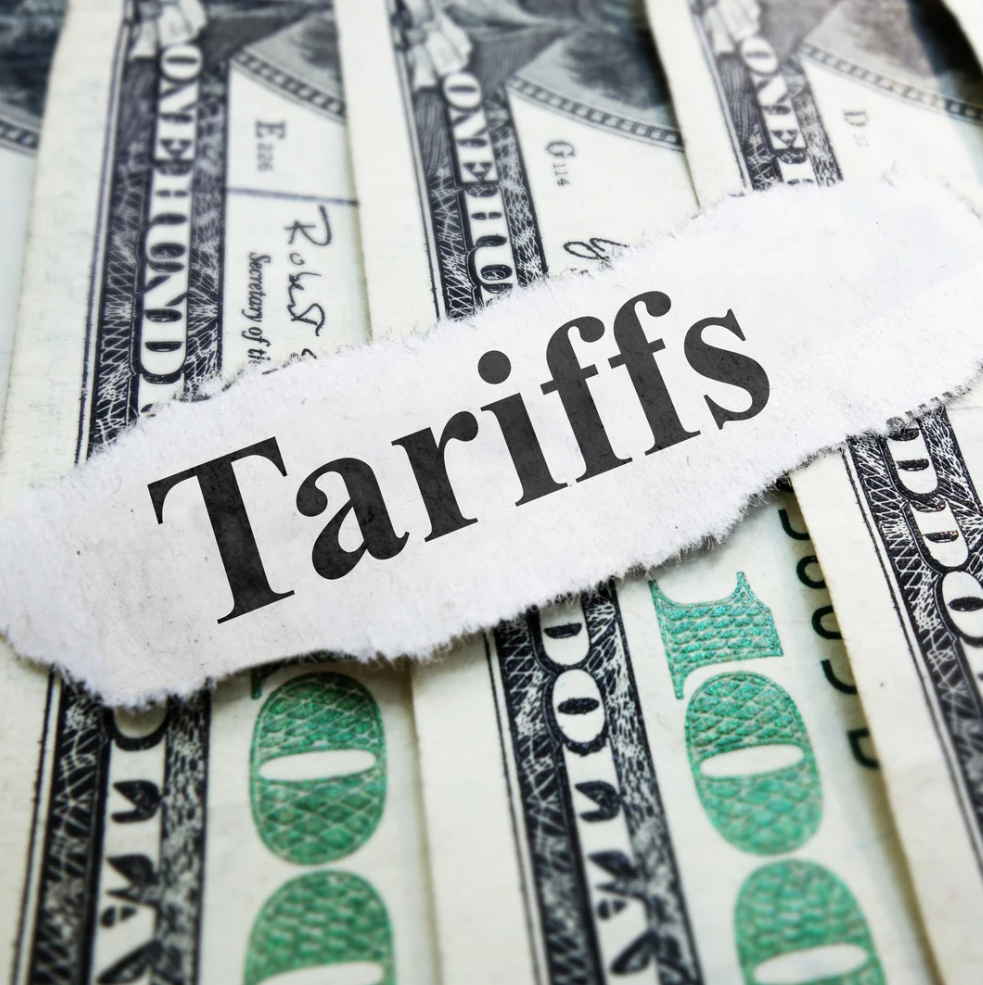From its inception, the United States relied on tariffs as a fundamental component of its economic and political strategy. In the early years of the republic, tariffs were the primary source of federal revenue, essential for financing government operations, repaying war debts, and sustaining national defense. Unlike today’s complex tax system, the federal government initially depended almost entirely on import tariffs, making tariffs the primary source of federal revenue. At the same time, these measures aimed to shield nascent American industries from well-established European competitors. The Tariff Act of 1789, for example, imposed duties on imported goods to create a protective buffer for domestic manufacturers, reinforcing the broader goal of economic self-sufficiency. This emphasis on protectionism reflected not only economic concerns but also a desire to strengthen national sovereignty by reducing dependence on foreign markets.
As the United States transitioned into the 19th century, tariffs became a contentious political issue, reflecting the growing divide between the industrial North and the agrarian South. Northern manufacturers advocated high tariffs to protect emerging industries from European imports, while Southern plantation economies, reliant on exporting raw materials like cotton, opposed them, fearing retaliation and higher costs for imported goods. This conflict intensified in events such as the 1828 Tariff of Abominations, which led to the Nullification Crisis, a standoff between federal authority and states’ rights. Throughout the Industrial Revolution, high tariffs persisted, fueling domestic industrialization and infrastructure expansion. However, they also contributed to economic inefficiencies and trade tensions, shaping the broader debate over the role of government in economic development.
By the mid-20th century, the United States began to move away from protectionist policies as global economic dynamics shifted. The devastation of World War II and the emergence of the U.S. as a dominant global economic power led policymakers to prioritize international trade cooperation over strict tariff protections. Agreements such as the General Agreement on Tariffs and Trade (GATT) in 1947 laid the groundwork for reducing trade barriers and fostering economic interdependence. By the late 20th century, deals like the North American Free Trade Agreement (NAFTA) reflected a strategic pivot toward free trade, integrating the U.S. economy more deeply into global markets. This shift was not without controversy. While free trade expanded consumer choices and reduced costs, it also exposed American industries to intensified competition, leading to debates about job losses and economic displacement.
However, in recent years, President Trump has reignited the debate on the role of tariffs in U.S. trade policy both during his first and now second term in office. Emphasizing a strategy that seeks to rebalance trade deficits and protect domestic industries, President Trump has frequently turned to tariffs as a tool of economic leverage. In the early weeks of President Trump’s second term in office, this approach was notably evident with the position of tariffs on key imports from Canada, Mexico, and China. These measures were implemented as part of a broader strategy to negotiate more favorable trade terms and to counter perceived unfair trade practices. While the tariffs were met with mixed reactions domestically and internationally, they underscored a significant policy shift towards more aggressive trade interventionism in pursuit of national economic interests.
The efficacy of tariffs remains a contentious issue among economists and policymakers. Proponents argue that tariffs provide necessary protection for emerging industries, preserve domestic jobs, provide revenue, and serve as an effective bargaining chip in trade negotiations. On the other hand, critics point out that tariffs can provoke retaliatory actions from trade partners, disrupt global supply chains, and ultimately increase costs for consumers. All in all, US sectors can benefit greatly from tariffs as they will reduce foreign competition, but the broader economy may also suffer from decreased international cooperation and higher production costs. As policymakers weigh these considerations, the ongoing debate over the merits and drawbacks of tariffs will be central to formulating strategies that aim to sustain economic growth while safeguarding national interests in an increasingly interconnected global economy.
The views expressed represent the opinion of Passage Global Capital Management, LLC. The views are subject to change and are not intended as a forecast or guarantee of future results. This material is for informational purposes only. It does not constitute as investment advice and is not intended as an endorsement of any specific investment. Stated information is derived from proprietary and nonproprietary sources that have not been independently verified for accuracy or completeness. While Passage Global Capital Management, LLC believes the information to be accurate and reliable, we do not claim or have responsibility for its completeness, accuracy, or reliability. Statements of future expectations, estimates, projections, and other forward-looking statements are based on available information and Passage Global Capital Management, LLC’s views as of the time of these statements. Accordingly, such statements are inherently speculative as they are based on assumption that may involve known and unknown risks and uncertainties. Actual results, performance or events may differ materially from those expressed or implied in such statements.
Sources:
Pruitt, Sarah. “What Is a Tariff? .” History.Com, A&E Television Networks, 6 Aug. 2024, www.history.com/news/what-is-a-tariff.
Metych, Michele. “Tariff of 1828.” Encyclopædia Britannica, Encyclopædia Britannica, inc., www.britannica.com/topic/Tariff-of-1828. Accessed 12 Feb. 2025.
“Fact Sheet: President Donald J. Trump Imposes Tariffs on Imports from Canada, Mexico and China.” The White House, The United States Government, 1 Feb. 2025, www.whitehouse.gov/fact-sheets/2025/02/fact-sheet-president-donald-j-trump-imposes-tariffs-on-imports-from-canada-mexico-and-china/.
York, Erica. Cato.Org, 16 Apr. 2024, www.cato.org/publications/separating-tariff-facts-tariff-fictions#can-tariffs-change-balance-trade.

